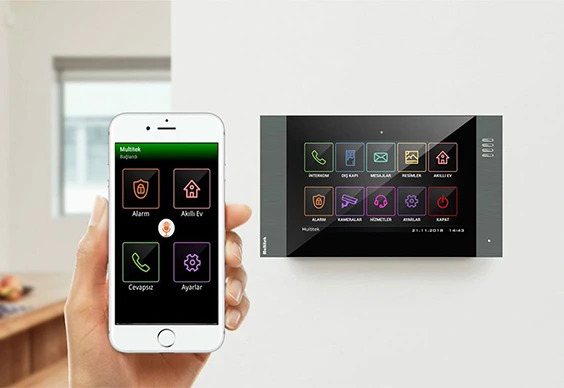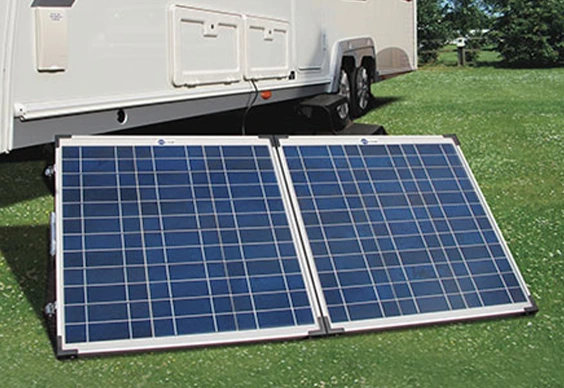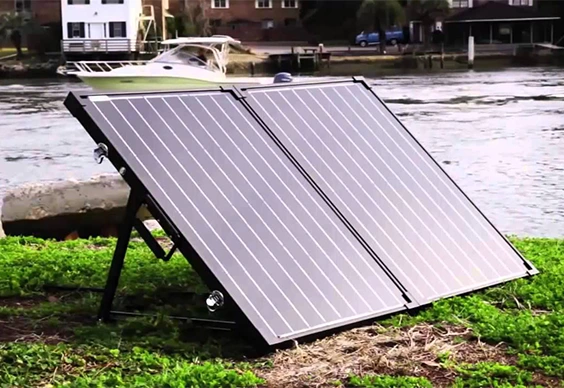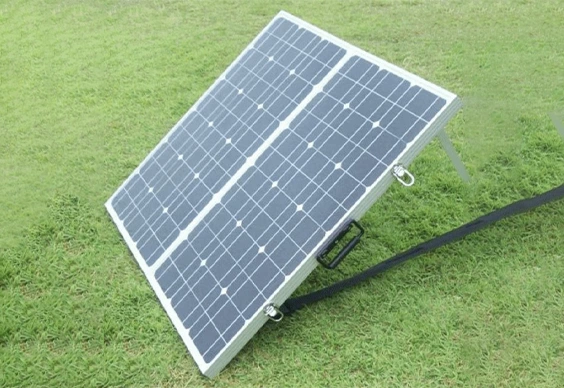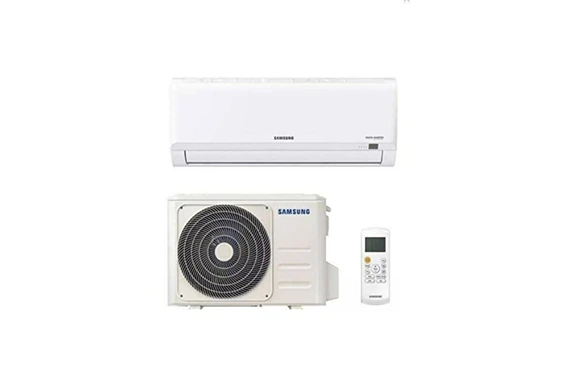Tiny House Design Details
- Functionality: When designing tiny houses, multi-purpose designs where each space can fulfill more than one function are important. For example, you can think of practical solutions such as using furniture as a storage area or transforming the sleeping area into a sitting area.
- Storage: Consider creative storage solutions such as hidden shelves, space-saving cabinets, hanging storage areas, and cleverly used spaces.
- Natural Light and Airflow: Getting as much natural light as possible makes tiny houses feel more spacious and open. It is also important to ensure large windows, natural light passages and airflow that do not block the windows.
- Minimalist Design: Minimalism is an ideal design approach for tiny houses. You can get a simple and clean look by avoiding unnecessary decorations and unnecessary items. Few items and a simple decorating style can make the space feel more spacious and airy.
- Proper scaling: When designing tiny houses, it's important to consider the size of each piece. Furniture, equipment and storage areas need to match the scale of the house. Overly large or small items can make the space unusable.
- Flexibility: Tiny houses should be customizable to your needs and lifestyle. You can consider features that provide flexibility such as modular or movable furniture, partition walls, open-plan designs. In this way, you can use the space for different purposes or arrange it according to your future needs.
- Outdoor Integration: Tiny houses often offer the opportunity to be in touch with nature. You can consider design features such as terraces, patios or openable glass walls to strengthen the connection with the outdoors.
Standards to Consider for Tiny Houses:
- Road Regulation: Tiny House, O2 Class It is a non-motorized cargo transport vehicle with a maximum weight exceeding 0.75 tons but not exceeding 3.5 tons. The maximum length should be 12 m, the maximum width should be 2.55 m and the height from the ground should be maximum 4 m. Licensed and licensed.
- National and International Building Standards: Tiny houses should generally be built in accordance with certain building standards. For example, national or international standards and rules should be taken into account in areas such as structural durability, electricity, water and gas installations, heat and water insulation. Accordingly, it is recommended that you seek assistance from an architect or engineer during the construction process.
- Transport Standards: It is important to comply with certain transport standards for portable tiny houses. Tiny houses built on trailers must be of the appropriate size and weight to ensure road safety, load distribution and prevent potential damage during transport. Installation and transport on the trailer must be carried out professionally.
- Electrical and Water Connection: National and local electricity and water safety standards must be followed when making electrical and water connections for tiny houses. It is important to have it installed correctly by a professional electrician and plumber.
- Solar energy system SES: It is used especially in places where there is no electricity network or insufficient. It provides energy independence. By installing a storage system, energy can be supplied at night with the batteries that are charged during the day.
- Solar Lighting: It charges itself during the day and provides both environmental lighting and visuality in the evening.
- Drinking water treatment: It ensures that the supplied water is transformed into a healthy drinking water.
- Waste water treatment: These are systems that provide separation and partial treatment for black and gray water up to a certain level.
- Smart Home System: It can offer a variety of alternatives, from simple commands such as indoor and outdoor lighting, control of electrical outlets to complex operations such as various sensors, alarms, and remote monitoring. While it offers a more comfortable use when you are inside the house, it can enable you to remotely monitor and intervene when you are outside.
- Air Conditioning: Indoor air conditioning system.
- Pellet Stove: A good alternative to enjoy an easy-to-use and safe stove.



















